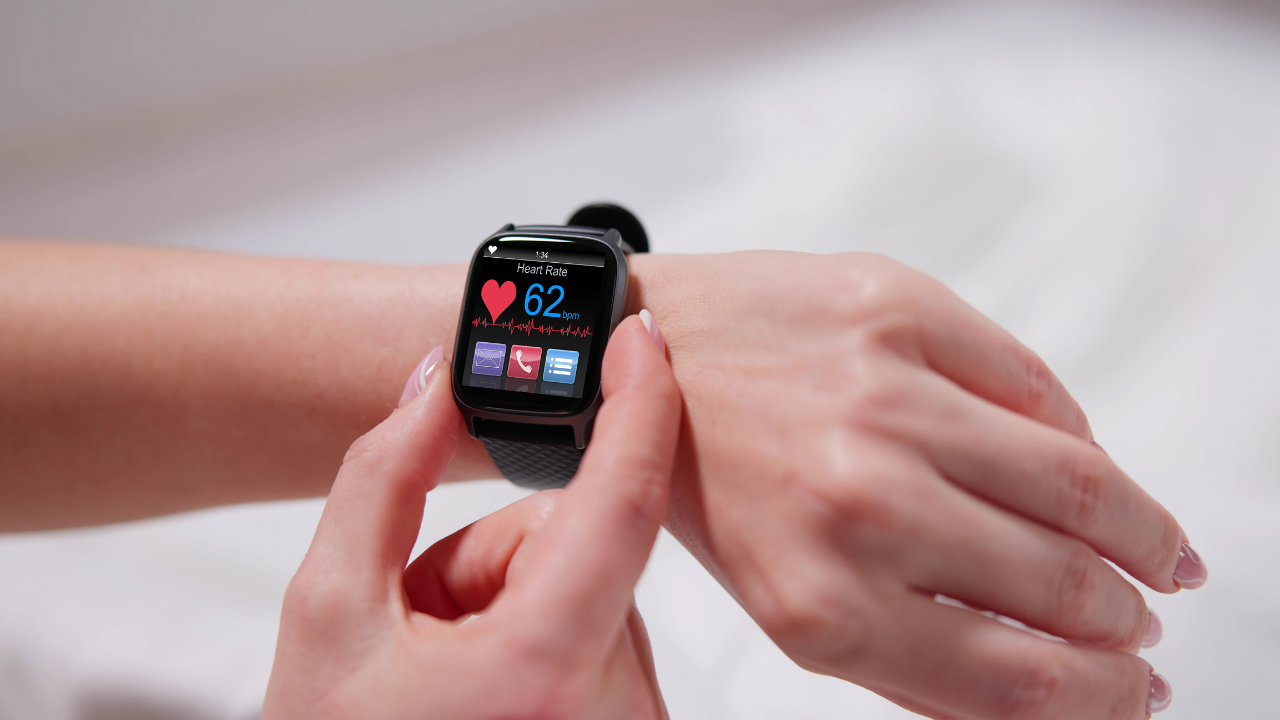Understanding Heart Rate Variability: A Powerful Self-Care Insight

When we think about self-care, we often focus on sleep, movement, nutrition, and mindfulness—and for good reason. But there’s a lesser-known yet powerful marker of your overall well-being that’s worth paying attention to: heart rate variability, or HRV.
What is Heart Rate Variability (HRV)?
Heart rate variability is the variation in time between each heartbeat. While your heart may seem to beat at a steady pace, there’s actually a natural, healthy variation in the time between beats. For example, your heart might beat 60 times in one minute, but the intervals between each beat could be 0.9 seconds, then 1.1 seconds, then 1.0 seconds, and so on.
These small fluctuations are completely normal—and in fact, a higher HRV is a sign of better health and resilience.
Why is HRV Important?
HRV reflects the balance between your sympathetic nervous system (your "fight or flight" response) and your parasympathetic nervous system (your "rest and digest" mode). When your body is well-rested, nourished, and calm, HRV tends to be higher. When you’re stressed, sleep-deprived, sick, or overtrained, HRV tends to decrease.
Monitoring HRV gives you a window into how your body is coping with stress—both physical and emotional. It’s like a check-engine light for your nervous system.
Some potential benefits of understanding and improving HRV include:
- Better stress resilience
- Improved recovery from workouts
- Enhanced emotional regulation
- Early warning signs of illness or burnout
How to Track HRV
You don’t need to be a professional athlete or data nerd to track your HRV. There are many user-friendly tools available today. Here are a few popular options:
- Oura Ring – Worn on your finger, this ring tracks HRV while you sleep and gives you daily insights into your readiness and recovery.
- Whoop Strap – A fitness tracker designed for performance and recovery, with detailed HRV trends and coaching.
- Apple Watch – Offers HRV tracking through the Health app, especially during sleep and meditation sessions.
- Garmin and Fitbit – Both have models that monitor HRV as part of their wellness tracking.
Remember: HRV is highly individual. Instead of comparing your numbers to others, look for personal trends over time.

Ways to Improve Your HRV
The best part? Many self-care practices you’re already familiar with can help improve your HRV:
- Deep breathing or meditation – Even a few minutes of slow, mindful breathing can activate your parasympathetic nervous system.
- Quality sleep – Aim for consistent, restful sleep to support recovery.
- Movement – Regular physical activity (not overtraining!) helps build resilience.
- Hydration and nutrition – Fueling your body well supports all systems.
- Cold exposure or contrast showers – These can stimulate nervous system flexibility for some people.
- Connection and joy – Spending time with people you love and doing things that light you up can also have a positive effect.
How LENS Neurofeedback Can Support HRV
One emerging yet powerful tool to help improve HRV is LENS Neurofeedback. LENS (Low Energy Neurofeedback System) works by gently stimulating the brain with a tiny electromagnetic signal that mirrors the brain’s own activity—essentially holding up a mirror to help it self-regulate. This process can lead to a calming of the nervous system, reduced stress responses, and improved overall brain function.
When your brain becomes more regulated, your autonomic nervous system can shift more easily from “fight or flight” into “rest and digest”—creating the ideal conditions for a higher HRV. Many clients report feeling more grounded, calm, and mentally clear after just a few sessions. Over time, these improvements in nervous system balance can reflect as increased heart rate variability, indicating greater resilience and improved self-regulation.
So while LENS isn’t directly measuring or targeting HRV, the calming effects it has on the brain and nervous system may naturally support it—making it a valuable addition to your self-care toolkit.
Final Thoughts
Heart rate variability is more than just a number—it’s a reflection of how well you’re handling life. Tuning into HRV can empower you to care for yourself in smarter, more compassionate ways. Whether you're managing stress, building a healthier routine, or simply learning to listen to your body better, HRV is a helpful guide on your self-care journey.
Start small. Stay curious. And remember: Your body is always talking—you just have to learn how to listen.



